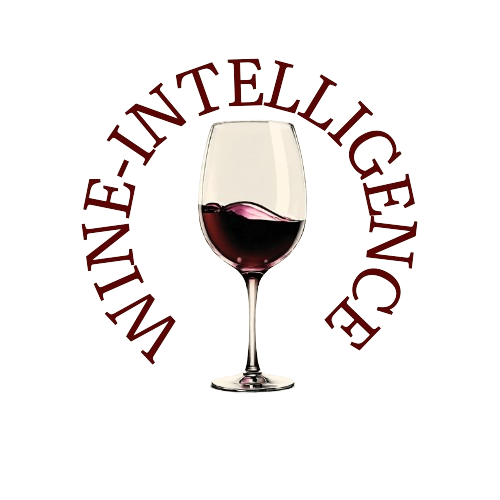2023 has been a pivotal year for the Champagne region, marking a period of significant adjustments and changes after the pandemic-induced boom.
The region has adapted to a new normal, as reflected in ten key developments that are shaping the present and future of Champagne.
This information, compiled by Patrick Schmitt MW, editor in chief of The Drinks Business, is based on data provided by the Champagne Committee.
1. Return to Normality
The Champagne market has stabilized, returning to pre-pandemic levels with a shipment volume of around 300 million bottles. While the fluctuations of 2020 and the boom of 2021 and 2022 have subsided, bottle prices have increased. Promotions have made a comeback, but off-promotion prices remain high, resulting in Champagne being more expensive compared to the pre-Covid period.
2. Market Repositioning
Rising prices have led producers to reorient their strategies, discontinuing more affordable labels in favor of higher value cuvées. This trend is evident in the French market, where brands like Nicolas Feuillatte and Canard-Duchêne have stopped offering cheaper options. The shift is driven by the need to use more expensive grapes for premium cuvées and to adjust pricing strategies accordingly.
3. Expansion in the Arabian Peninsula
The Arabian Peninsula, particularly the United Arab Emirates (UAE), has emerged as a significant market for Champagne. Flexible alcohol policies in Dubai and Abu Dhabi are fostering growth in Champagne sales. Furthermore, changes in regulations in Saudi Arabia suggest it could become a major market in the coming years.
4. Focus on Pinot Noir
Pinot Noir is gaining prominence in Champagne, with increased production of blanc de noirs and single vineyard expressions. This trend towards greater expression of terroir reflects a "Burgundization" of Champagne, focusing on the specific characteristics of vineyards, similar to practices in Burgundy.
5. Experimental Aging
Champagne producers are exploring innovative methods for fermenting and aging their wines. Techniques include using gold-plated barrels, egg-shaped oak containers, aging Champagne under the sea, and employing solera techniques to add complexity to non-vintage cuvées.
6. Sustainable Viticulture
Sustainable viticulture practices, including organic and biodynamic agriculture, are being adopted by more producers. These practices benefit the environment and result in better quality grapes. Louis Roederer and Telmont are notable leaders in this movement within Champagne.
7. Varietal Diversification
Producers are increasingly emphasizing less common grape varieties such as Meunier, Petit Meslier, Arbane, and Pinot Blanc. These varieties are being replanted and incorporated into new blends, enhancing the diversity of Champagne's offerings.
8. Greener Packaging
The Champagne industry is working to reduce its environmental impact by using lighter, more recyclable bottles and eliminating gift boxes. However, the traditional foil on the tops of bottles will remain a distinctive attribute of Champagne.
9. Complexity and Dryness
There is a trend towards producing more complex and drier cuvées, with an increase in brut nature expressions. This precision in winemaking allows for greater transparency and authenticity in Champagnes, with less added sugar.
10. Production of Still Wines
Champagne is seeing increased production of still wines, especially Pinot Noir, sold as Coteaux Champenois. This development highlights the quality of the region's grapes and the potential to produce fine, full-bodied red wines that can compete with the great wines of Burgundy.
General Perspectives
Alexei Rosin, CEO of Moët Hennessy UK & Ireland, noted that 2023 was positive for its brands, with strong demand and increased marketing investment. However, the cost of living crisis and high inflation have affected consumption, with an expectation of greater stability in the future. Data from the Champagne Committee reflects a return to pre-Covid shipment levels, with a total of 299 million bottles in 2023, although values remained high due to price increases.
These developments underscore a transformative period for Champagne, balancing tradition with innovation, and adapting to new market realities while maintaining its distinguished heritage.
Key points according to the Comité Champagne:
- Total Champagne shipments in 2023 were 299 million bottles, down 8.2% on 2022.
- After three extraordinary years, Champagne is back to pre-Covid shipment levels.
- With 297.3 million bottles shipped in 2019, sales fell in 2020 by 18% during the pandemic, and then bounced back by 33% in the following two years to reach over 325 million bottles by the end of 2022.
- In 2023, France is down by 8.2% with 127 million bottles. The domestic market has suffered more from inflation compared to export markets, which has weighed on household budgets throughout the year.
- Exports are down 8.2% from 2022, with 172 million bottles shipped, but are well above their 2019 level (156 million bottles), and now account for more than 57% of total sales, compared to 45% 10 years ago.
Source: The Drinks Business

